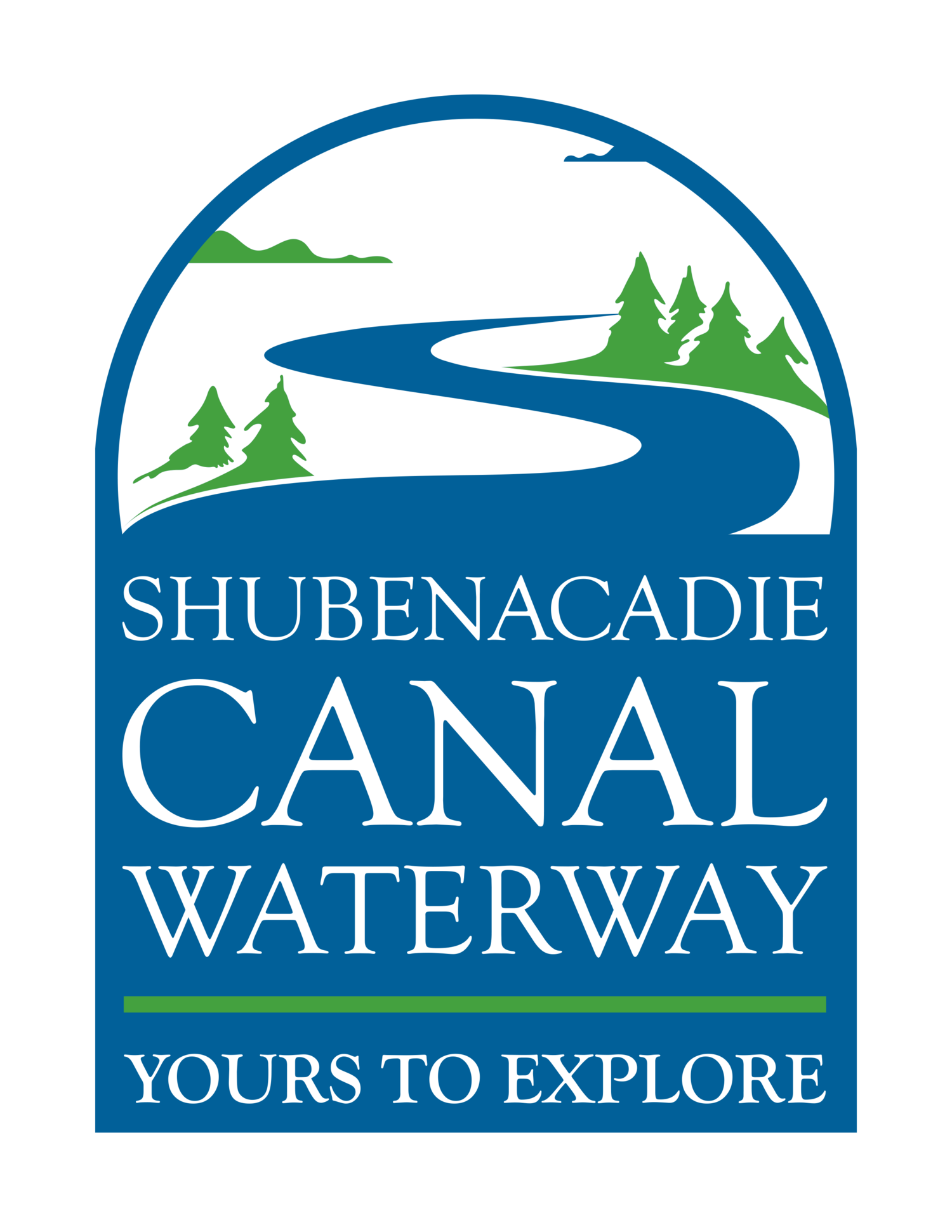Family Ties
The judge and politician Charles Rufus Fairbanks was one of the biggest proponents of the Shubenacadie Canal. As secretary of the Shubenacadie Canal Company, he made numerous efforts to secure funding to complete the project. Even after the company became insolvent, he refused to let the dream die, spending most of the 1830s attempting to reignite interest in Nova Scotia and England. He was unsuccessful, passing away in 1841.
Throughout the construction and failure of the Shubenacadie Canal, Fairbanks’s young son was watching from the sidelines. Charles William Fairbanks grew up with an intimate knowledge of the canal works, often tagging along with his father on business trips. As a young adult, Charles W. Fairbanks moved to England to study civil engineering. In 1847, now aged 26, he returned to Nova Scotia with a vision of completing what his father started.
After a series of surveys of the route and some administrative setbacks, including the need to buy back the canal property from the British government, Charles W. Fairbanks got his chance. In 1854, the newly incorporated Inland Navigation Company appointed him as chief engineer, and the Shubenacadie Canal resumed construction after a 23-year hiatus.
The Dartmouth marine railway, built between 1860 and 1861, was one of the most technologically advanced systems on the finished canal. This full-size replica was completed in 2018.
Modern Innovations
During the planning stages for the second construction phase, Fairbanks and others made multiple trips to the United States to view other canals, in particular the Morris Canal in New Jersey. Fairbanks was familiar with how the British lock designs had proven unable to withstand the harsh North American winter. He noted how American architects had sidestepped this problem by using cheaper and more readily available materials, like wood and rough stone, which were easier to maintain and repair. He brought this same approach to his own plans for the Shubenacadie Canal.
Another, perhaps even more significant innovation was the introduction of marine railways to the canal system. While similar systems had been proposed as part of the canal early in the first construction phase, the technology was still in its infancy at the time and the suggestion was not taken seriously. Fairbanks’s new plans for the canal now included two marine railways, one in Dartmouth and one at Portobello, which would become the first of their kind in British North America. They would together replace seven locks and thereby save a significant amount of money in both initial construction costs and in maintenance. Their design was heavily influenced by the Morris Canal, which boasted 23 such systems.
Bolstered by these innovations, Fairbanks estimated that the total cost of completing the canal to his new specifications would be only £17,250 (Halifax rating, approximately CA$2.4 million in 2019). Historians note that this estimate was extremely optimistic.
Efficient Construction and Persistent Fears
Fairbanks’s plan for nine locks and two marine railways was a much more cost-efficient project than the original 19-lock design had been. Contrary to the first construction period, which had been marred by setbacks caused by winter freeze-thaw and abortive redesigns, the second construction phase proceeded relatively smoothly. One of the biggest setbacks came at the outset of construction, with most of the existing canal works being found deficient and having to be demolished.
Nevertheless, the canal managed to proceed at a fairly brisk pace. Within three years, most of the canal was finished, and boats were already using the completed sections of the canal. In April 1857, the first steamship was launched on the Shubenacadie Canal: the Avery, a custom-built side-wheel steamer named for Inland Navigation Company president Dr. James Avery. That fall, the Portobello marine railway entered operations, becoming the first of its kind in British North America.
Despite these milestones, there was still trepidation among several investors and the general public. By the end of 1857, the Inland Navigation Company had already spent more than double Fairbanks’s initial cost estimate for the project, and much work remained to be done. Construction was lagging on the inclined plane in Dartmouth, meaning that boats could only travel as far as Lake Banook and could not reach the businesses and public works of Halifax. Meanwhile, the canal’s main rival, the Nova Scotia Railway, was also proceeding at breakneck speed, completing lines to Windsor and Truro in 1858. Just as the Shubenacadie Canal Company had done decades before, the Inland Navigation Company found itself begging the government and private investors for sufficient funds to complete the project. Adding to the company’s woes, Charles W. Fairbanks resigned as chief engineer for the canal on September 30, 1858, following a series of disagreements with the board of directors.
A modern scale model of the Avery, the first (and only) boat to travel the full length of the canal.
Completing the Canal
The project proceeded in spite of Fairbanks’s resignation and increased competition from the railway. In 1860, the Inland Navigation Company secured funding to finally complete the Dartmouth marine railway. Construction started soon thereafter, and the marine railway became operational on July 31, 1861. The Avery completed a test run of the system in October, marking the first time a canal boat had entered Halifax Harbour.
The only thing remaining for the Inland Navigation Company to do was to make a successful trip from one end of the canal to the other. On November 21, 1861, a group of company directors and other dignitaries boarded the Avery in Halifax. They entered the canal at Dartmouth Cove, travelled over the Dartmouth marine railway into Sullivan’s Pond, and sailed onward through the rest of the canal. After a few minor mishaps in the shallow waters of the Shubenacadie River and a break to mark the Sabbath, the Avery arrived in Maitland on November 29.
The Shubenacadie Canal was finally complete. Unfortunately, its financial troubles were not yet over.

